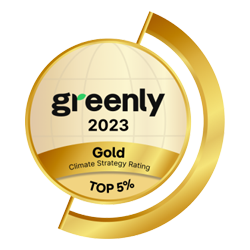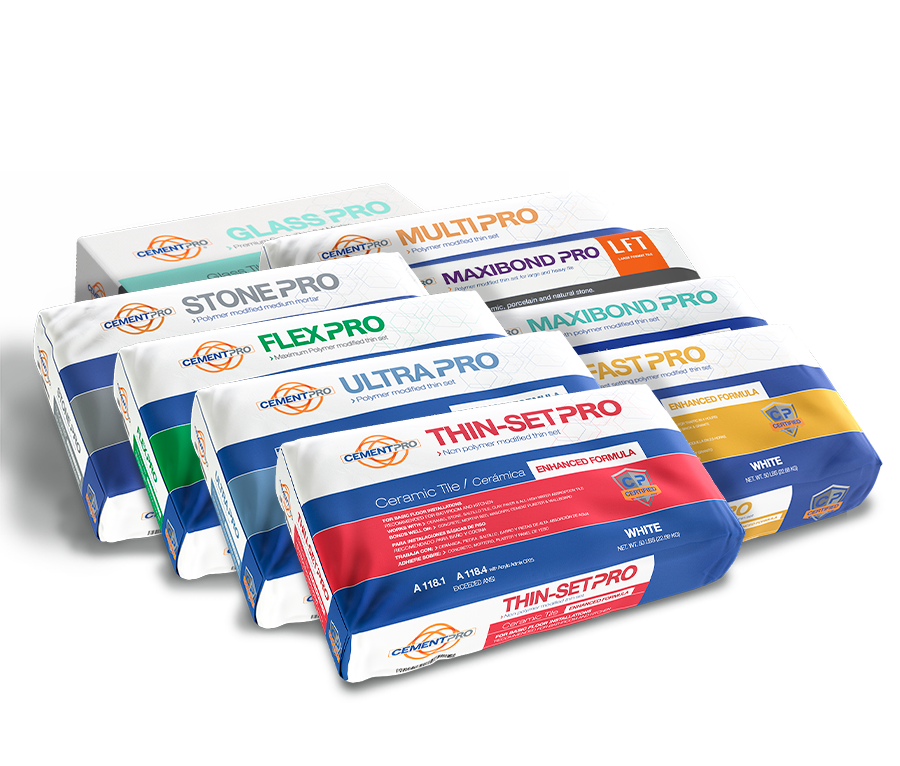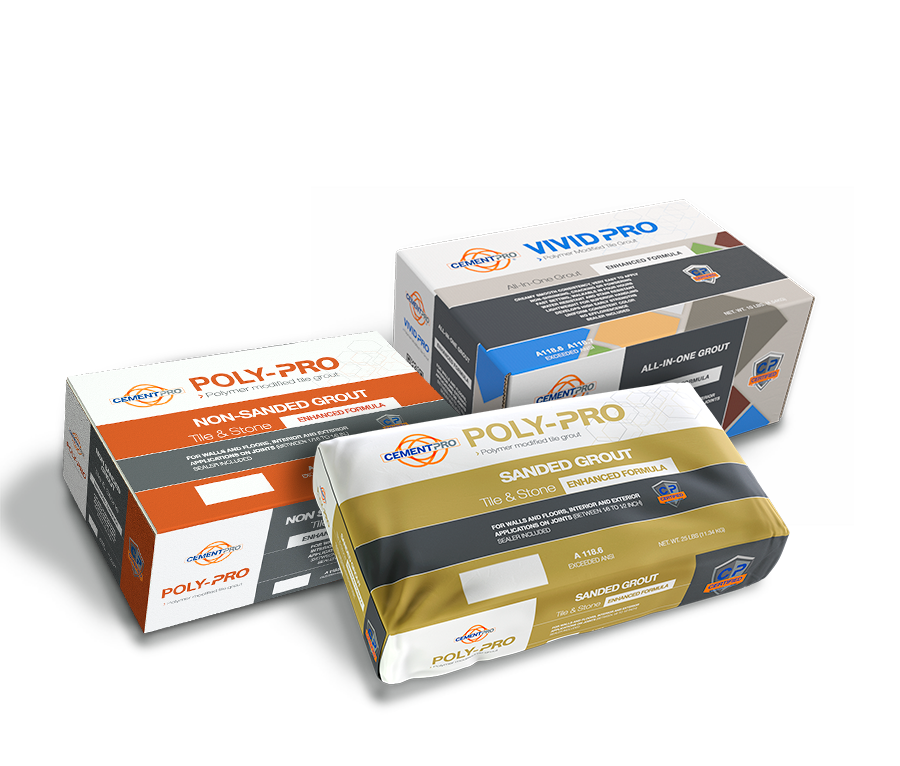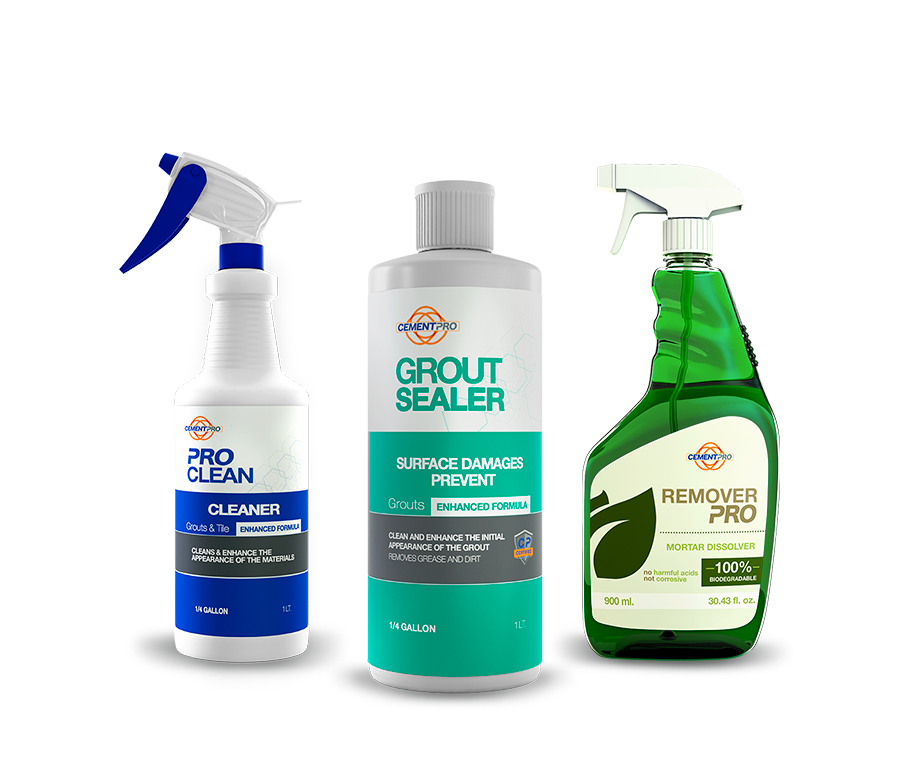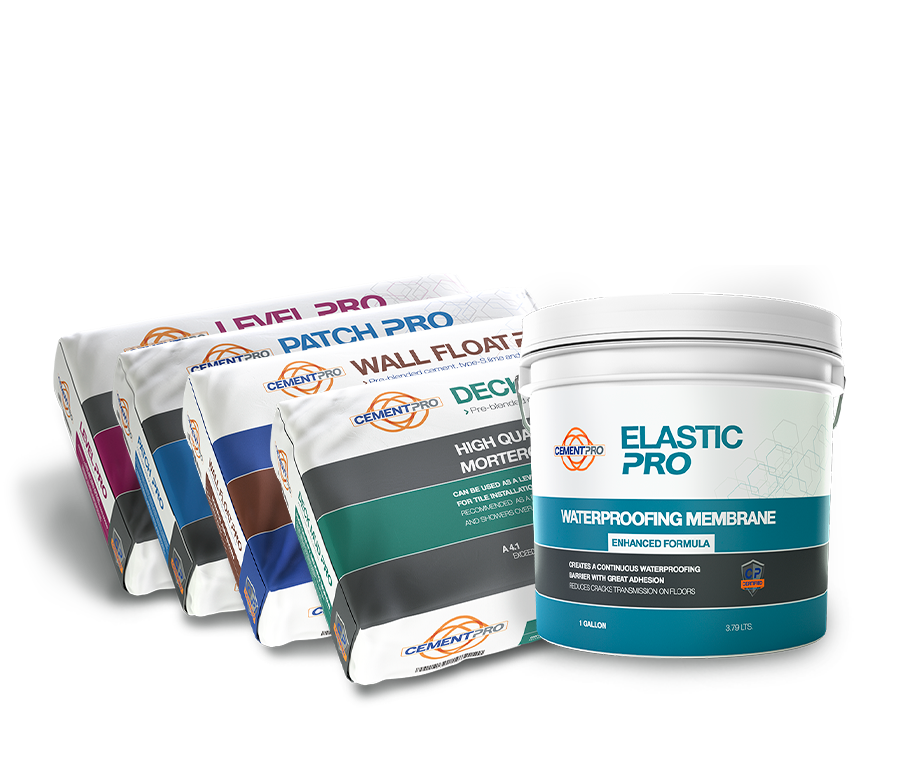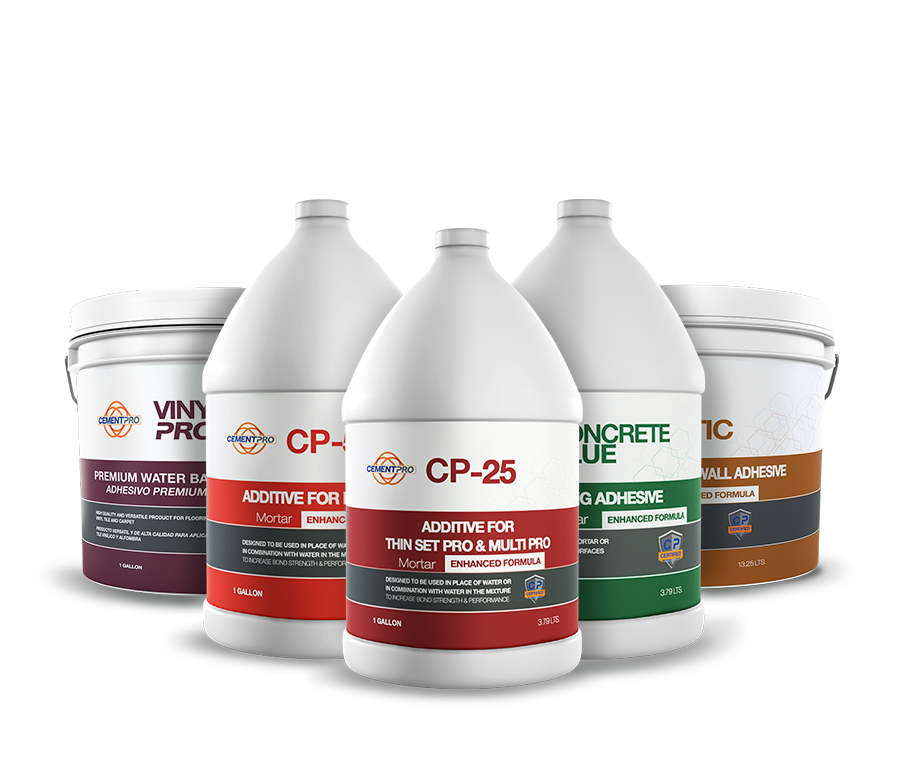Sustainability
Greenhouse Gas Emissions

THIRD-PARTY VERIFIED
VOC Emissions Testing
All of CementPro’s products are SCS Indoor Advantage Gold Certified. (Eccluding pro clean & Remover Pro)

SINGLE-FAMILY RESIDENCE
All products are approved for use in single-family residences except CP-25 and CP-50

SCHOOL CLASSROOM
All products are approved for use in school classrooms.

PRIVATE OFFICE
All products are approved for use in private offices.
Our products are made with the finest materials and tested by third-party laboratories to ensure minimal voc emission in the built environment. Testing conforms to the CDPH/EHLB standard method (ca 01350) v1.2-2017.
See Certificates
Triple Bottom Line

